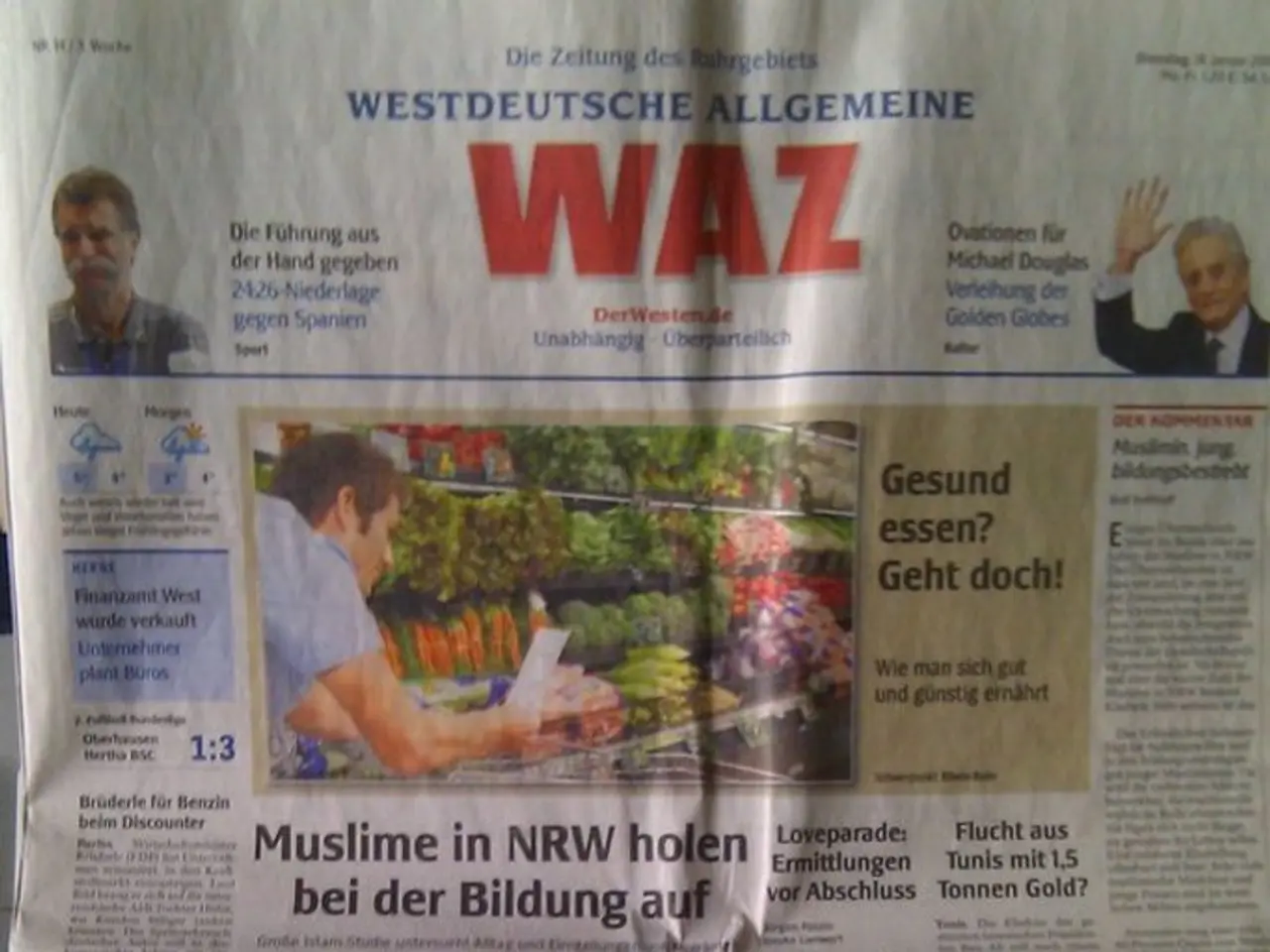Confidence in Trump Accumulates as Economy Thrives
As President Trump continues to oversee an economic boom, recent economic analyses reveal a more complex outlook for his "America First" trade agenda. While some short-term boosts have been observed, the broader economic data for 2025 suggest that higher tariffs and trade restrictions are contributing to slowing GDP growth, rising inflation, and subdued demand.
The real GDP growth in the U.S. is projected to decelerate significantly, from 2.8% in 2024 to around 1.5% in 2025 and further to about 1.3–1.5% in 2026. This cooling from the robust growth showcased in 2023 and 2024 is a cause for concern, as it reflects a slowdown in economic activity.
The early 2025 surge in economic activity partially resulted from businesses and consumers accelerating purchases ahead of anticipated trade restrictions. However, this front-loading effect is expected to cause a steep drop in demand later in the year. The ongoing tariffs have contributed to inflationary pressures, weakened labor markets, compressed profit margins, restrained capital expenditures, and curtailed household demand—all factors that collectively slow growth and undermine some benefits from the protectionist stance.
Inflation, which had moderated in late 2024, is expected to rise again due to economic policy shifts and tariff effects, reaching about 3.5% annualized in mid-2026. This inflation pressure and resulting Federal Reserve interest rate adjustments, with rates expected to remain stable in 2025 before potential cuts, influence the broader economy by affecting borrowing costs and investment incentives.
The Conference Board’s Leading Economic Index (LEI) and Coincident Economic Index (CEI) show only modest growth, signaling a fragile economic environment. While the CEI rose by about 1.3% over six months ending May 2025, components like industrial production have weakened, indicating uneven economic performance. Consumer spending, a critical driver of growth, is slowing after outpacing income gains for some time.
Despite these challenges, some positive developments have emerged. A new study found that prices for imported goods have actually declined faster than prices for overall goods, suggesting that tariffs have had little effect on prices. Additionally, blue-collar wage growth has seen the largest increase in nearly 60 years, and jobs numbers have trounced expectations for four straight months.
Furthermore, Wall Street sentiment is surging, with the stock market reaching new record highs. Major financial institutions such as JPMorgan Chase & Co., Goldman Sachs, Citigroup, Deutsche Bank, UBS Global Wealth Management, and Barclays have all elevated their S&P 500 Index year-end targets, indicating a bullish outlook for the economy.
In conclusion, while the economic environment is more characterized by caution and headwinds than by robust support for the trade agenda’s goals, there are signs of resilience and potential for recovery. The ongoing economic analysis will continue to provide insights into the impact of trade policies on the broader economy and help shape policy decisions moving forward.
- Amid the economic slowdown projected for 2025 and beyond, concerns about the impact of President Trump's protectionist stance on the broader business sector are being raised, as higher tariffs and trade restrictions are found to be contributing to slowing GDP growth, rising inflation, and subdued demand.
- Despite the potential negative effects of trade policies on the economy, such as the slowdown in GDP growth and increases in inflation, there are signs of resilience and potential for recovery. For instance, Wall Street sentiment is surging, with major financial institutions elevating their S&P 500 Index year-end targets, indicating a bullish outlook for the economy.




